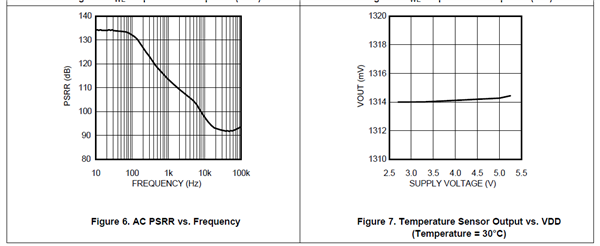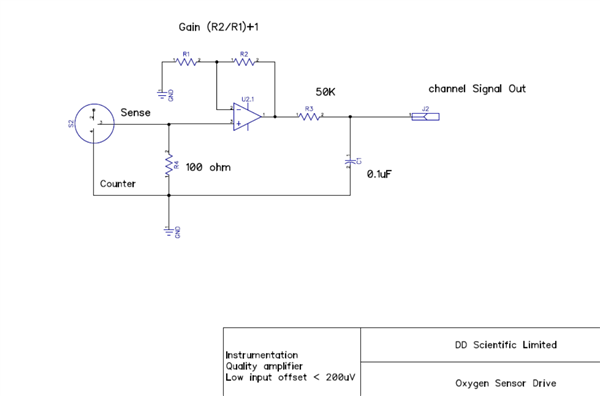Other Parts Discussed in Thread: REF2933
Hi everyone,
I´m suffering some problems with the use of the LMP91000 for measuring oxygen.
The problem comes due to the change in the supply since the output value changes when I change the supply.
When the circuit is supplied via USB connected through the PC , output values are around 95 microAmps. However, when it is supplied via an USB which is connected to an external battery the output values are around 108 microAmps.
Best regards.




